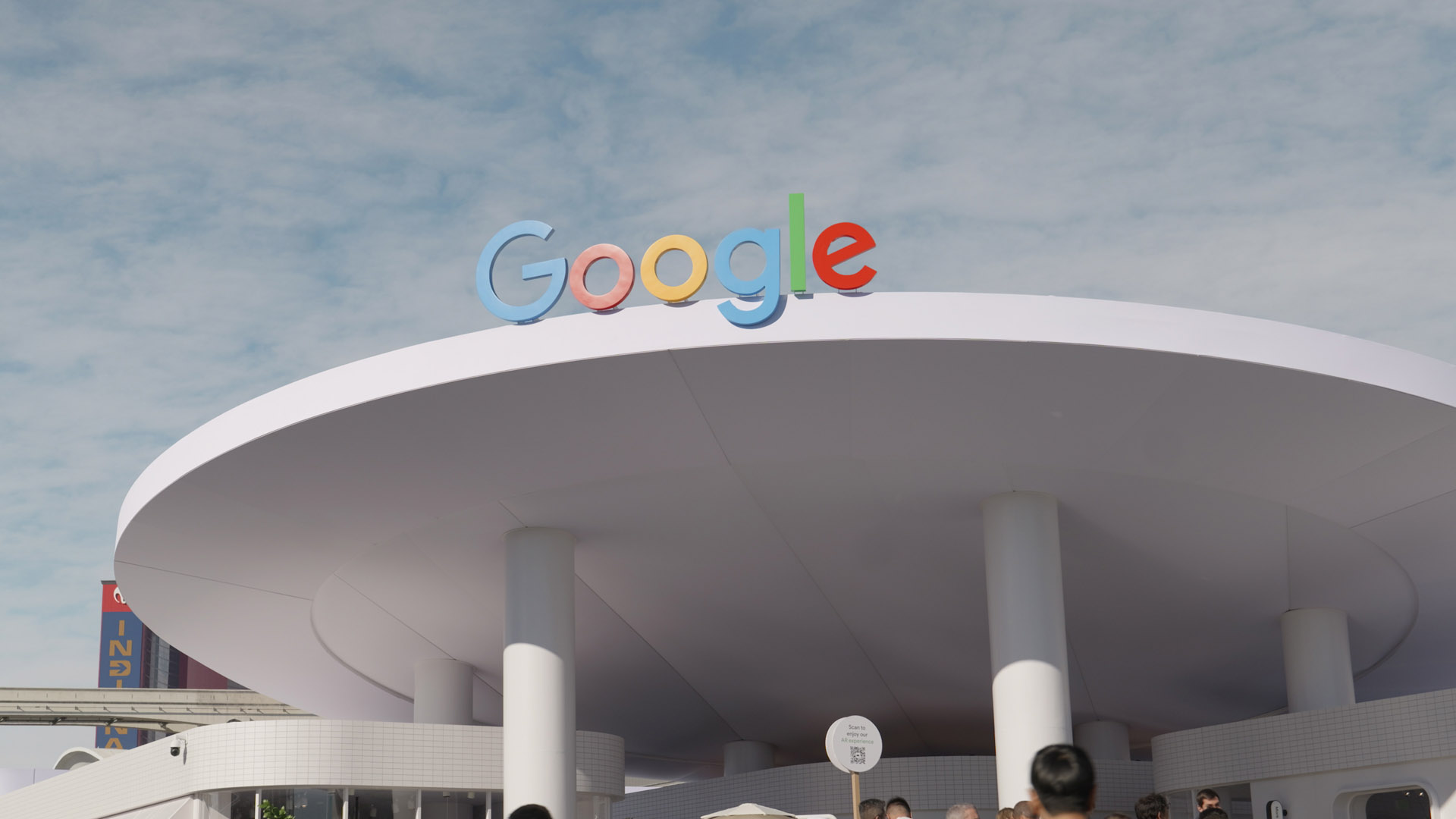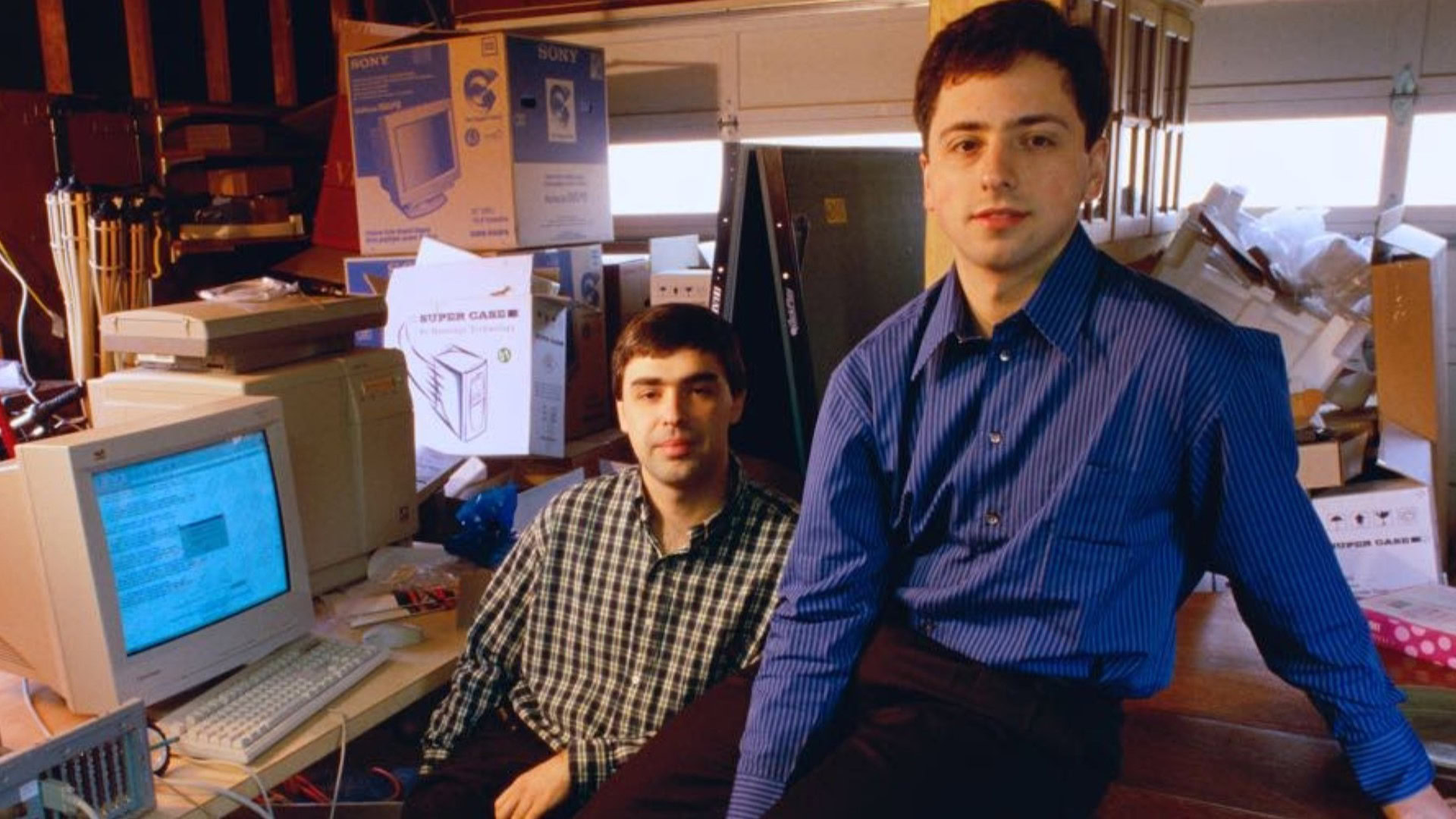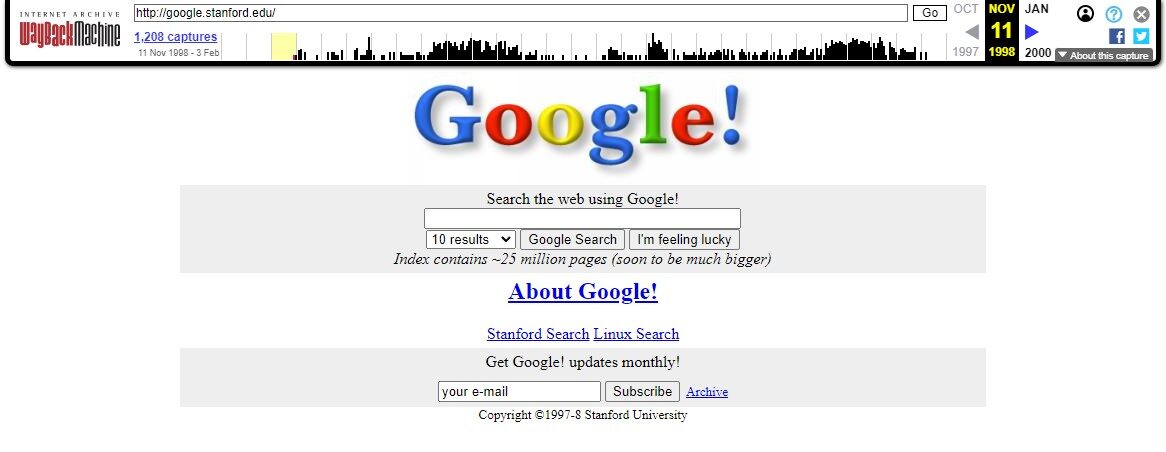Affiliate links on Android Authority may earn us a commission. Learn more.
Did you know: Google’s original name was far from sexy
Published onMarch 2, 2024

Google is such a ubiquitous part of our daily lives that it’s easy to forget that the word has only existed for a few decades. It’s one of the strongest brands on the planet, and at this point, it’s virtually synonymous with searching the web.
However, when the first iterations of Google’s search engine went public, it had a very different name. A name that only a pair of nerdy Stanford University computer science Ph.D. students could think was a good idea.
Google’s original name was BackRub.
A brief history
Before we get to the new name, let’s massage the details of how BackRub came to be. Back in the mid-1990s, most search engines displayed results primarily based on keyword density. In other words, the more a specific term appeared on a webpage, the more likely it was to rank for that query.
It was an easy system to abuse.
While choosing a dissertation topic for his Ph.D., Larry Page (later joined by Sergey Brin), had the idea of using links to a page to determine the relevancy and quality of that page. This allowed them to deliver much better results with a relatively simple algorithm. In many ways, it was similar to the way academic articles are judged, with an article’s influence judged by the number of citations it receives.
The first version of their search engine was published on the Stanford website in August of 1996. The ranking technique was called PageRank (named after Larry Page, not webpages), but the search engine was called BackRub. This was likely a reference to the algorithm’s reliance on backlinks, “rubbing” the backlinks to provide superior results.
And the results were generally superior. Despite downplaying the perceived quality of the website itself, which was impossible to judge with the technology at the time, ranking based on how many high-quality, relevant links a site had worked.
In fact, backlinks are still generally considered a major ranking factor in today’s Google search results.
Working out the knots
All that BackRub-ing quickly started to eat away at Stanford’s bandwidth. As the algorithm crawled the web and its index grew, the pair recognized the need to move to a dedicated domain.
Thankfully, this is also when the name was reconsidered. In 1997, the name googolplex was suggested by Page and Brin’s colleague Sean Anderson. A googol is a mathematical term coined in 1920 that means 10 to the 100th power. In other words, a one with 100 zeros behind it. A googolplex is a one to the power of googol, which is an absurdly high number that’s more of a concept than a useful figure in mathematics.
Paradoxically, a googol’s most relevant historical contribution is its role in naming the search engine Google.
So how did googol become Google? In this case, the simplest explanation is the correct one. It was a typo.
The name Google was originally a typo.
When Anderson and Page were checking the availability of the googol.com domain, he mistakenly typed google.com. Page loved the name, and registered the domain under his and Brin’s name on September 15, 1997. It would be nearly a year before the company Google was officially incorporated in September 1998.
By the end of 1998, Google’s index included 60 million pages. By 2000, that number had reached 1 billion. In the recent anti-trust trial in the US, it was revealed that in 2020, that number had grown to 400 billion pages.
That’s an incredible amount of content worthy of a pat on the back, but nowhere near a googol.

